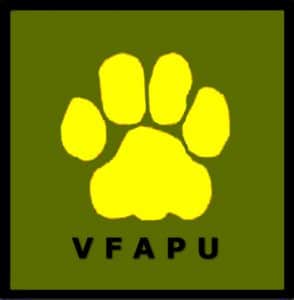Victoria Falls Anti-Poaching Unit
Located within Victoria Falls National Park, the town is surrounded by diverse vegetation, wildlife, and scenic landscapes. But this natural beauty also faces increasing pressure from poaching, resource exploitation and human-wildlife conflict.
VFAPU works to protect animals and habitats, rescue and rehabilitate injured wildlife, and support former poachers with alternative livelihoods. They also run education programs to build awareness in local schools and communities.
At Batonka Guest Lodge, we proudly support VFAPU’s efforts. For every night you stay, $5 is donated to help fund anti-poaching patrols, animal rescues, and conservation education.
Your stay makes a real difference in protecting the wildlife and natural beauty of Victoria Falls.






